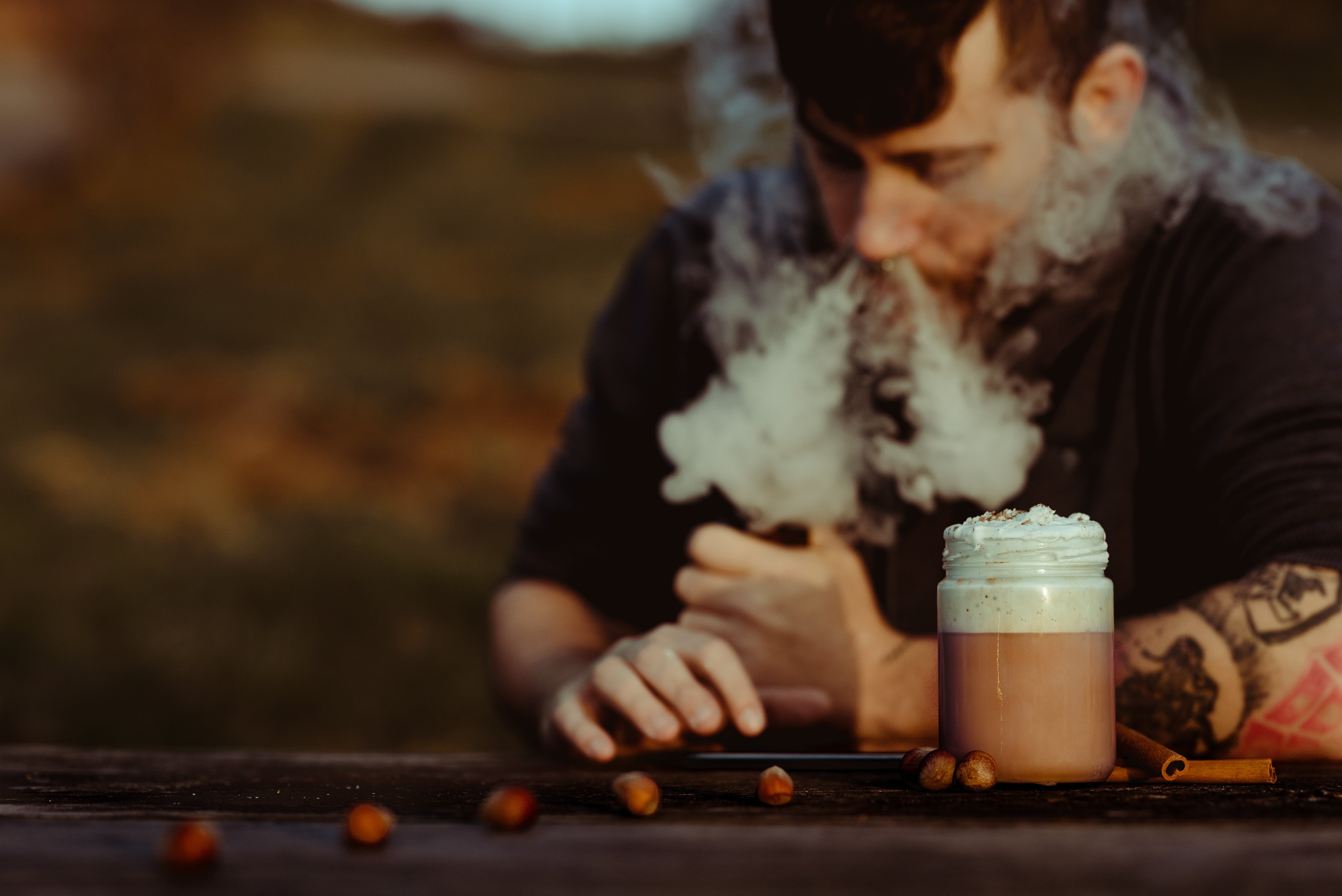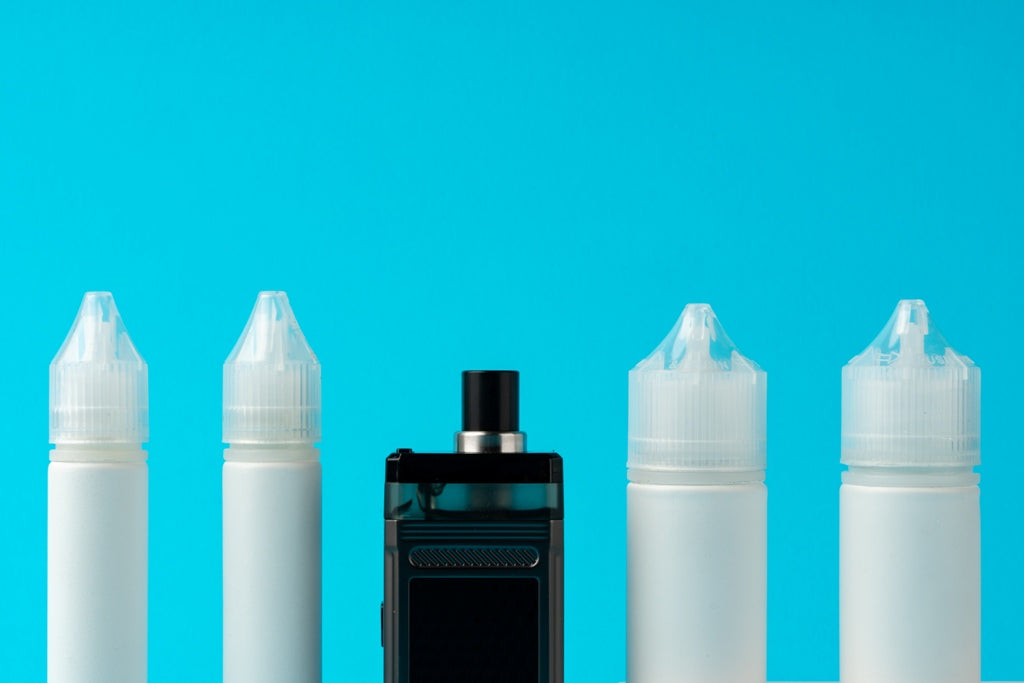For decades, cannabis users have relied on the Indica vs. Sativa distinction to predict effects—but how much of it is fact, and how much is myth? While the classic "Indica = body high, Sativa = head high" rule is a helpful starting point, modern science reveals a more nuanced truth.
In this guide, we’ll explore:
✔ The true origins of Indica and Sativa plants
✔ How their effects differ (and why it’s not so simple)
✔ Why terpenes matter more than strain type
✔ Hybrids & the future of cannabis classification
1. Indica vs. Sativa: A Botanical Breakdown
Cannabis Indica
Origins: Mountainous regions of Afghanistan, Pakistan, and India
Appearance: Short, bushy plants with wide, dark green leaves
Growth Cycle: Faster flowering (6-8 weeks)
Classic Effects: Deep relaxation, sedation, "couch-lock"
Cannabis Sativa
Origins: Equatorial zones like Thailand, Colombia, and Jamaica
Appearance: Tall, lanky plants with thin, light green leaves
Growth Cycle: Longer flowering (10-16 weeks)
Classic Effects: Energetic, cerebral, creative
Fun Fact: There’s also Cannabis Ruderalis, a lesser-known auto-flowering type used in breeding.
2. The Classic Effects: Indica vs. Sativa
While the traditional labels hold some truth, individual biochemistry and terpene profiles play a bigger role than strain type alone.
Trait Indica Sativa
Body High Heavy, sedating, muscle relaxation Lighter, energizing, less body effect
Mind High Calming, sometimes foggy Uplifting, cerebral, creative
Best Time to Use Night (sleep, pain relief) Day (socializing, productivity)
Common Terpenes Myrcene (earthy, sedating) Limonene (citrusy, uplifting)
Indica-Dominant Strains
Northern Lights (sleep aid, stress relief)
Granddaddy Purple (body relaxation, pain relief)
Sativa-Dominant Strains
Durban Poison (energizing, focus-enhancing)
Sour Diesel (euphoric, creative boost)
3. The Big Myth: "Indica Always Knocks You Out, Sativa Always Energizes"
Reality: The chemical makeup (THC, CBD, terpenes) matters more than the strain name. For example:
A high-myrcene strain (common in Indicas) promotes sedation.
A high-pinene strain (found in some Sativas) can enhance alertness.
THC levels also play a huge role—some Sativas can be relaxing if THC is lower.
Lab-tested cannabis is changing the game—look for terpene profiles!
4. Hybrids: The Best of Both Worlds
Most modern strains are hybrids, blending Indica and Sativa traits. Some top hybrids:
Blue Dream (Sativa-leaning) – Happy, relaxed, creative
OG Kush (Indica-leaning) – Strong body high with mental euphoria
Gelato (Balanced hybrid) – Potent, euphoric, yet relaxing
5. How to Choose the Right Strain for You
Instead of just relying on Indica/Sativa labels, consider:
✅ Desired Effect (Sleep? Energy? Pain relief?)
✅ THC/CBD Ratio (High THC = stronger high; CBD = calming)
✅ Terpene Profile (Myrcene = sedating; Limonene = uplifting)
Pro Tip: Keep a smoke journal to track which strains work best for you!
Final Verdict: Does Indica vs. Sativa Still Matter?
While the terms are useful for general guidance, the future of cannabis is in terpene and cannabinoid profiling. As breeding advances, the lines between Indica and Sativa will blur even further—so focus on how a strain makes you feel, not just its label.
What’s your favorite strain—Indica, Sativa, or Hybrid? Drop a comment below!





Share:
The Rise of Disposable Vapes: Top 5 Flum Pebbles Flavors You Need to Try